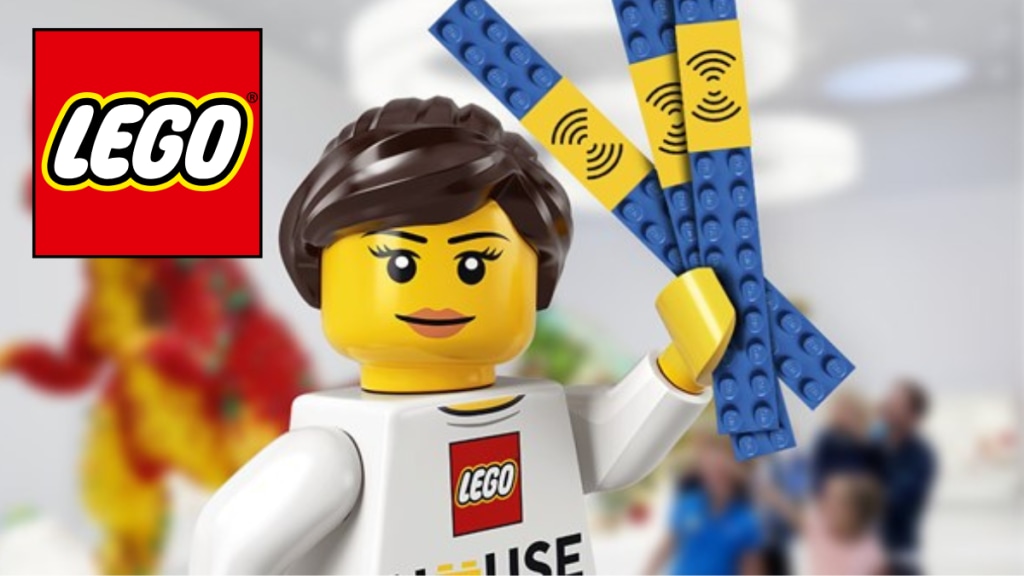In the early 2000s, LEGO, one of the world’s most beloved toy brands, was quietly falling apart. The Danish toy giant that invented the iconic interlocking brick in 1958 found itself drowning in debt, directionless product strategies, and declining relevance in a digital world.
By 2003, LEGO’s sales had declined by 30% year-on-year, and it was haemorrhaging cash, losing €250,000 in value every single day. Operating margins had collapsed from nearly 19% in the late ’90s to just 2.4%. Worse still, its sprawling product portfolio, ballooning with new parts and costly innovations, had tripled in complexity, while sales growth remained anaemic.
The appointment of a new CEO changed their ball game. A former McKinsey consultant, Jørgen Vig Knudstorp was the first non family leader of LEGO. He halved the number of LEGO elements, sold off non-core assets like the Legoland parks, and cut 1,000 jobs while outsourcing manufacturing. LEGO abandoned its fixation on being everything to everyone and went back to what it did best: making imaginative, high-quality bricks.
The crisis within the company walls
LEGO’s downfall wasn’t triggered by external threats alone, though the rise of video games and digital entertainment certainly played a part. Much of its trouble stemmed from internal missteps. It had diversified aggressively, into theme parks, apparel, video games, and media, without the capabilities to support them. None of these ventures delivered sustainable returns. Meanwhile, the company’s once-legendary operational efficiency had disintegrated. At one point, LEGO was sourcing from over 11,000 suppliers, making manufacturing complex and costly. By 2004, the company stood at a precipice. It was burdened with nearly $800 million in debt and had just posted an operating loss of $228 million. There were murmurs of bankruptcy.
The appointment of Jørgen Vig Knudstorp as CEO in 2004 marked a pivotal shift. A former McKinsey consultant, Knudstorp was the first non-family member to lead the company. He described LEGO as standing on a “burning platform” and wasted no time extinguishing the flames. Knudstorp slashed the number of LEGO elements by half, sold off non-core assets like the Legoland theme parks (for nearly $460 million), and streamlined operations by cutting 1,000 jobs and outsourcing manufacturing. Rather than chasing scale, LEGO turned its focus to operational excellence, cash flow discipline, and product relevance. The company went back to basics, reviving classic themes such as City, Castle, and Space, while trimming underperforming SKUs and investing in fewer, better-designed sets.
Part 2
Once stabilised, LEGO turned its attention to strategic growth, this time, more focused and brand-aligned. Licensing partnerships with cultural juggernauts like Star Wars, Harry Potter, and Marvel brought in swathes of new fans and boosted revenue. By 2023, licensed sets like LEGO Star Wars alone generated over $500 million in global sales.
A key pillar of LEGO’s revival was experiential marketing. Creating immersive, hands on brand interactions helped with the consumers. From interactive in-store building stations and flagship retail experiences to pop-up events and global exhibitions, LEGO transformed brand engagement into something tactile and memorable.
In 2014, The LEGO Movie redefined what branded storytelling could look like. Far from a glorified toy commercial, the film grossed $468 million globally and reignited cultural interest in LEGO. More importantly, it repositioned the brand in the minds of a digital-first generation.
LEGO learned from its past misadventures in tech. Rather than treating digital as a siloed experiment, it integrated physical and virtual play. Collaborations like LEGO Super Mario and interactive AR sets bridged the gap between traditional toys and digital experiences.
The company also invested in direct-to-consumer channels, including its online store and flagship retail outlets, to reduce dependency on third-party retailers. And it didn’t forget its grown-up fans: intricate sets aimed at Adult Fans of LEGO (AFOLs) became a new revenue engine, particularly during the pandemic-fueled DIY boom.
The numbers to back it up
The results have been dramatic. By 2021, LEGO’s annual revenue had soared to $7.7 billion, up from just over $2 billion in 2014. As of 2023, LEGO had become the world’s most valuable toy brand with a brand value of $11.8 billion, surpassing even Mattel and Hasbro.
Even during the global economic downturn of 2008–2011, LEGO’s pre-tax profits quadrupled, underscoring the resilience of its core model. The company’s emphasis on sustainable materials, community-led innovation, and consumer engagement continues to guide its long-term strategy.
It’s no longer just a toy company; LEGO is now a global storytelling, gaming, and retail brand, one that builds much more than bricks.

